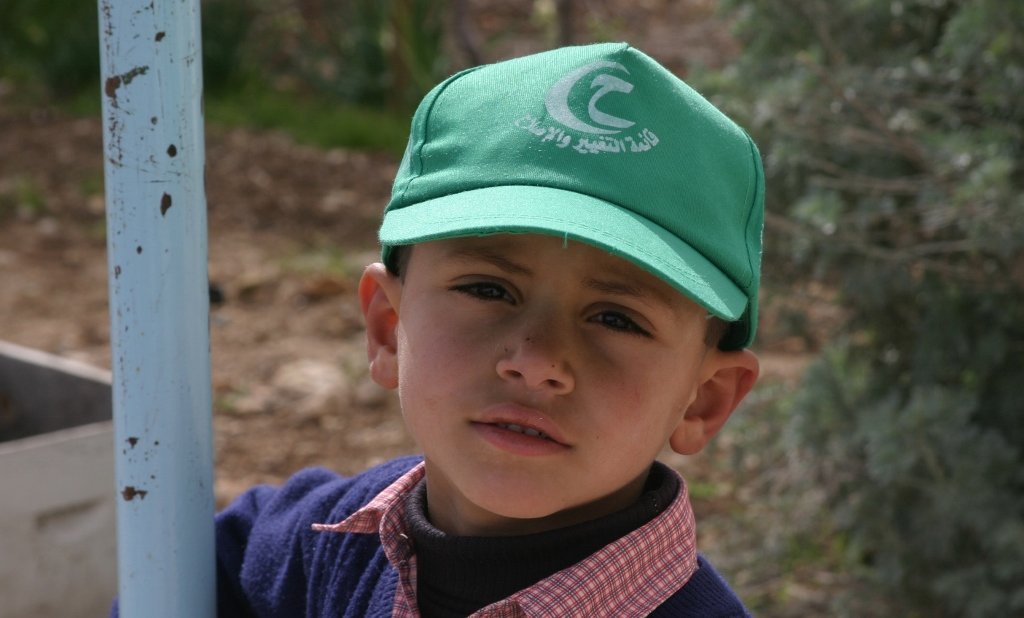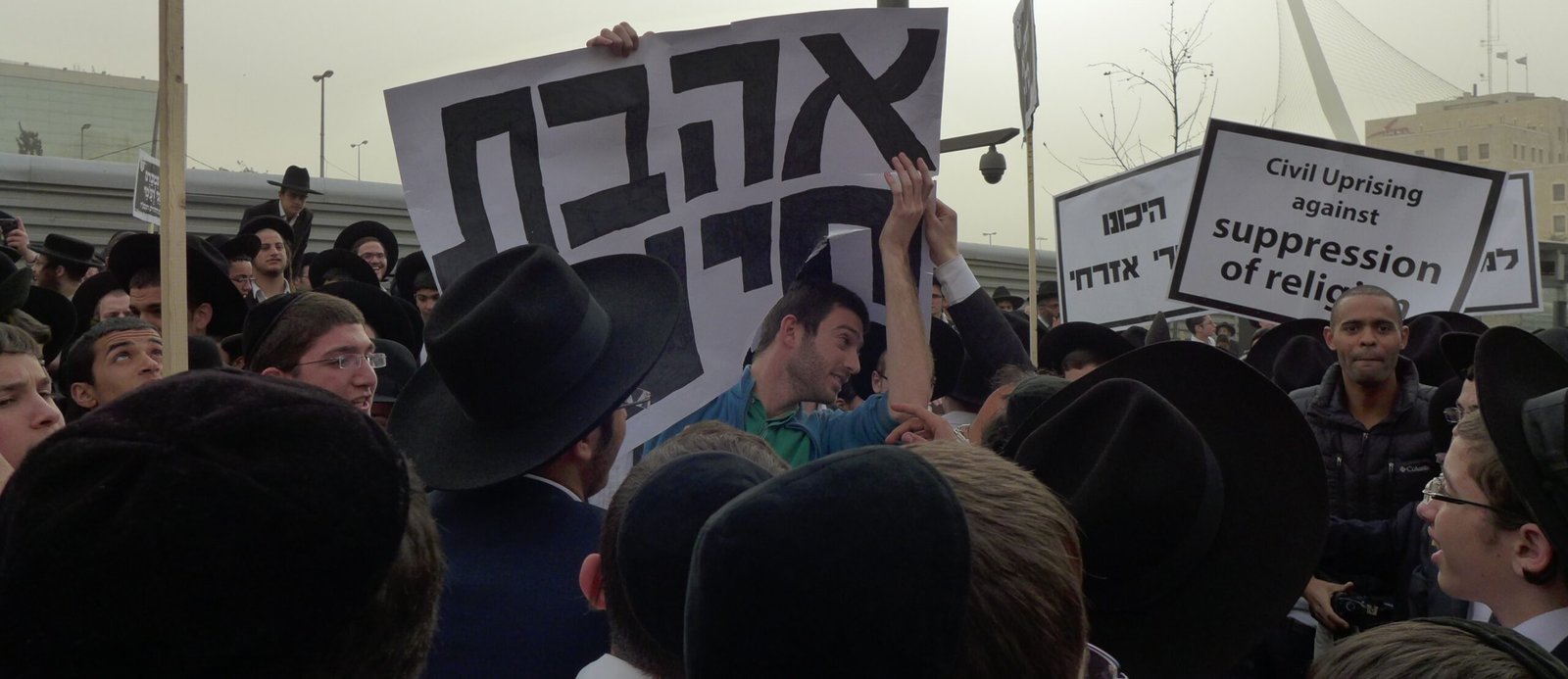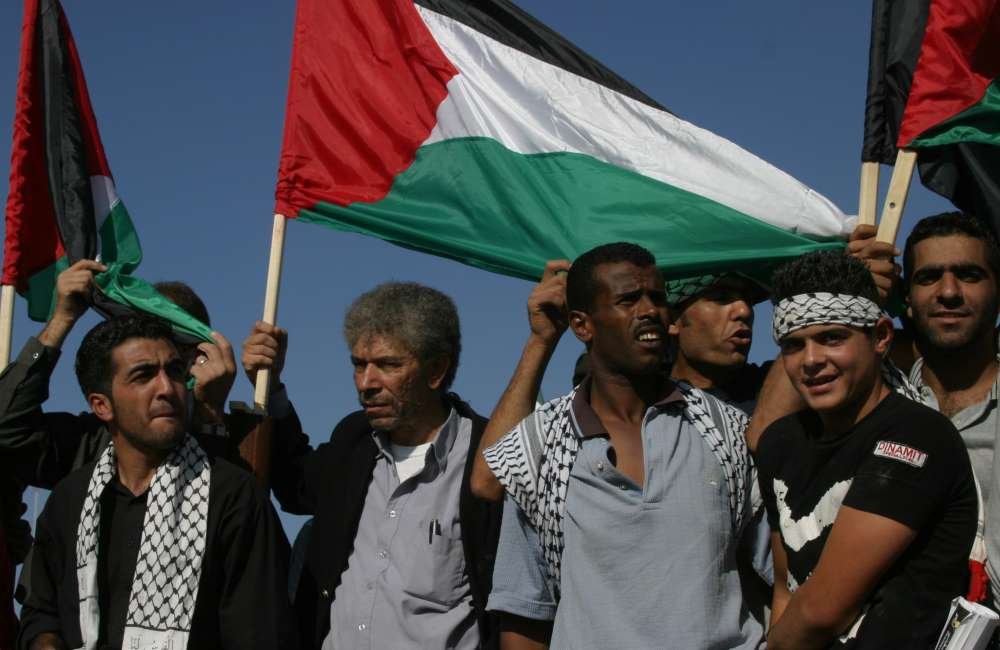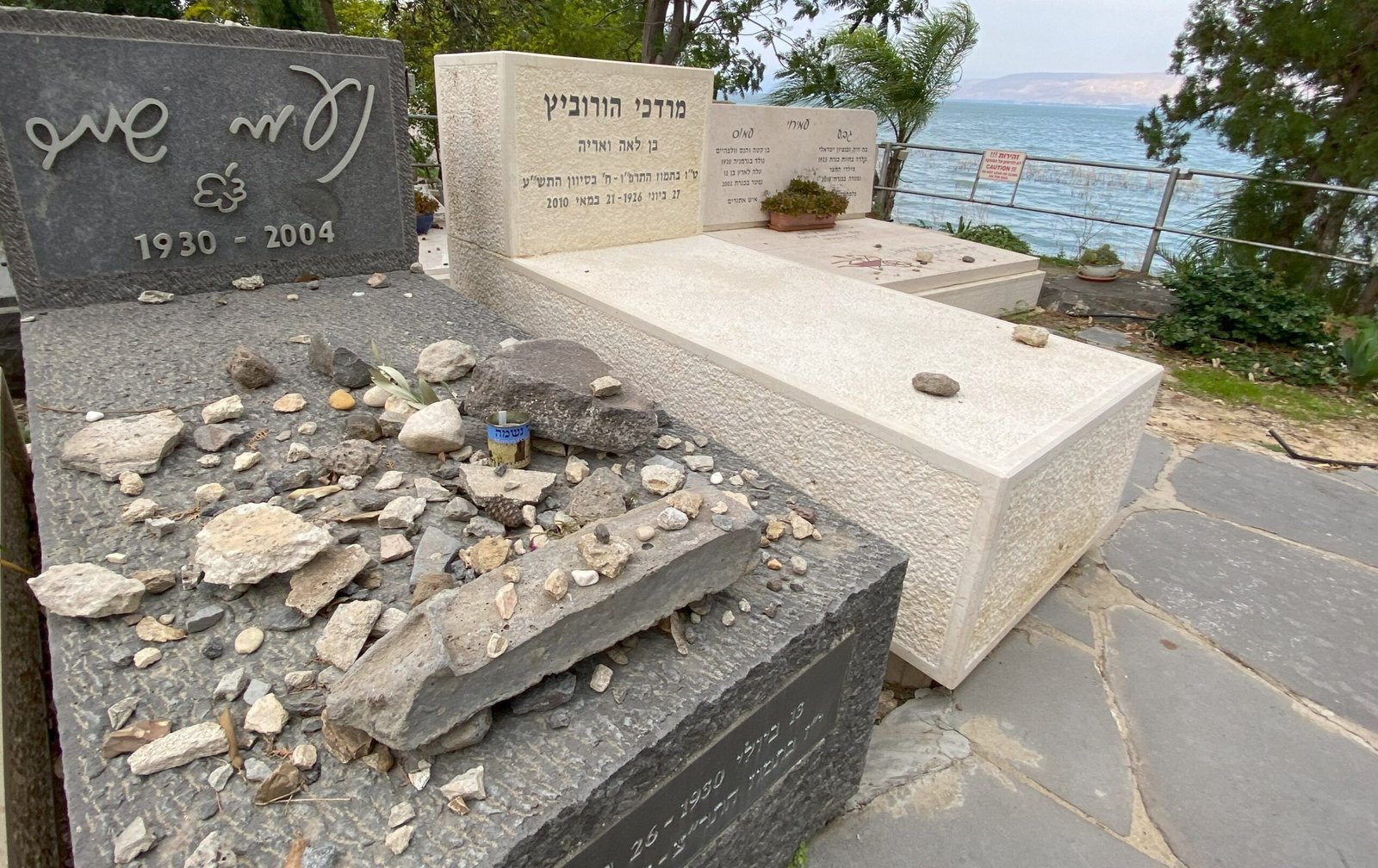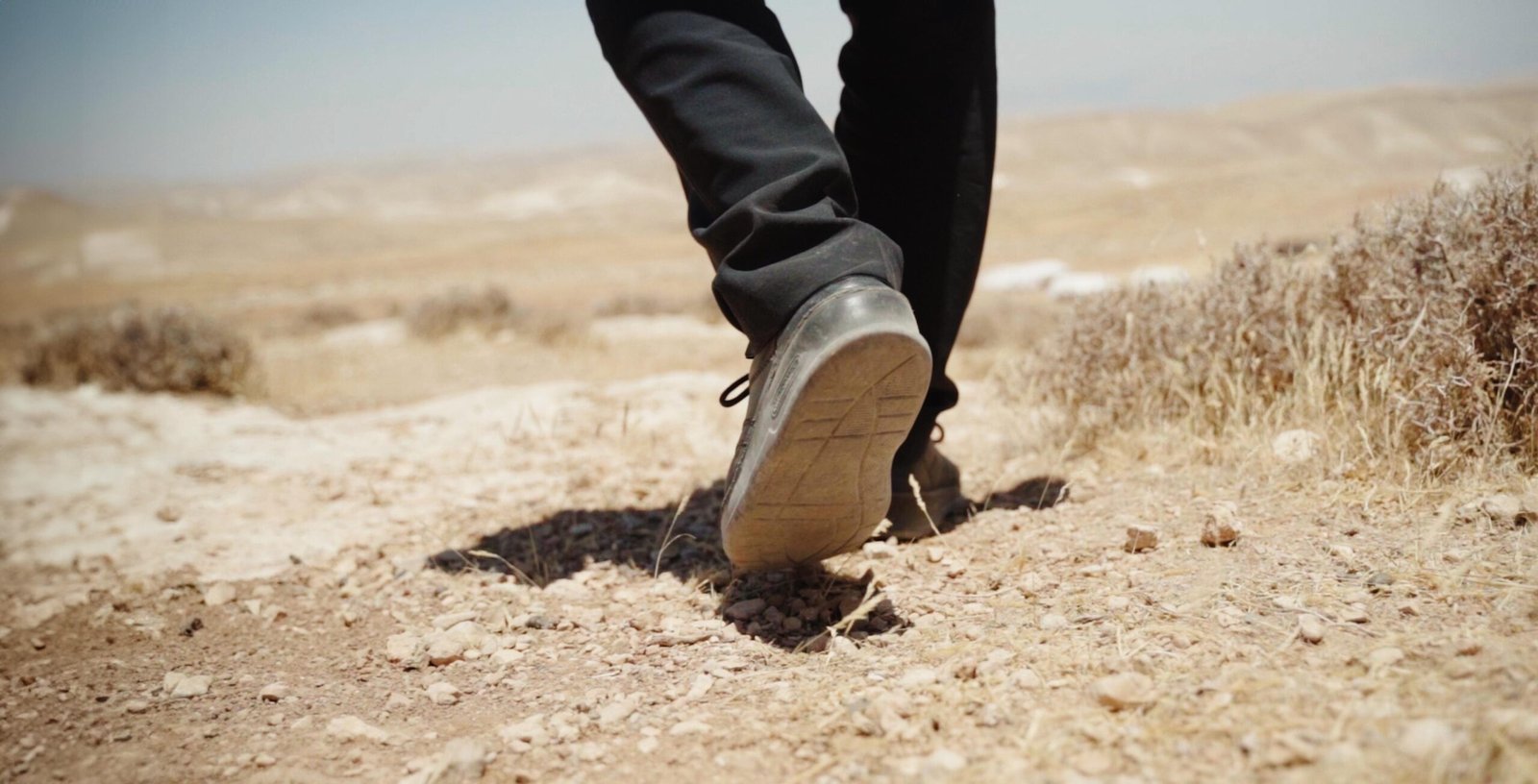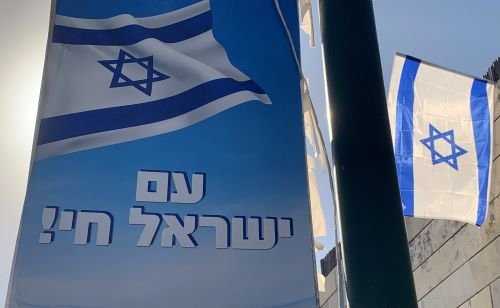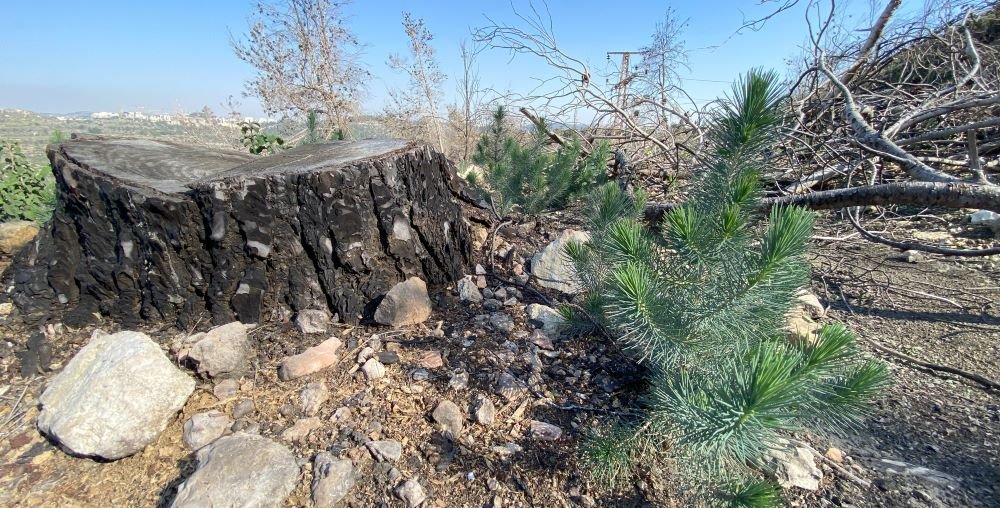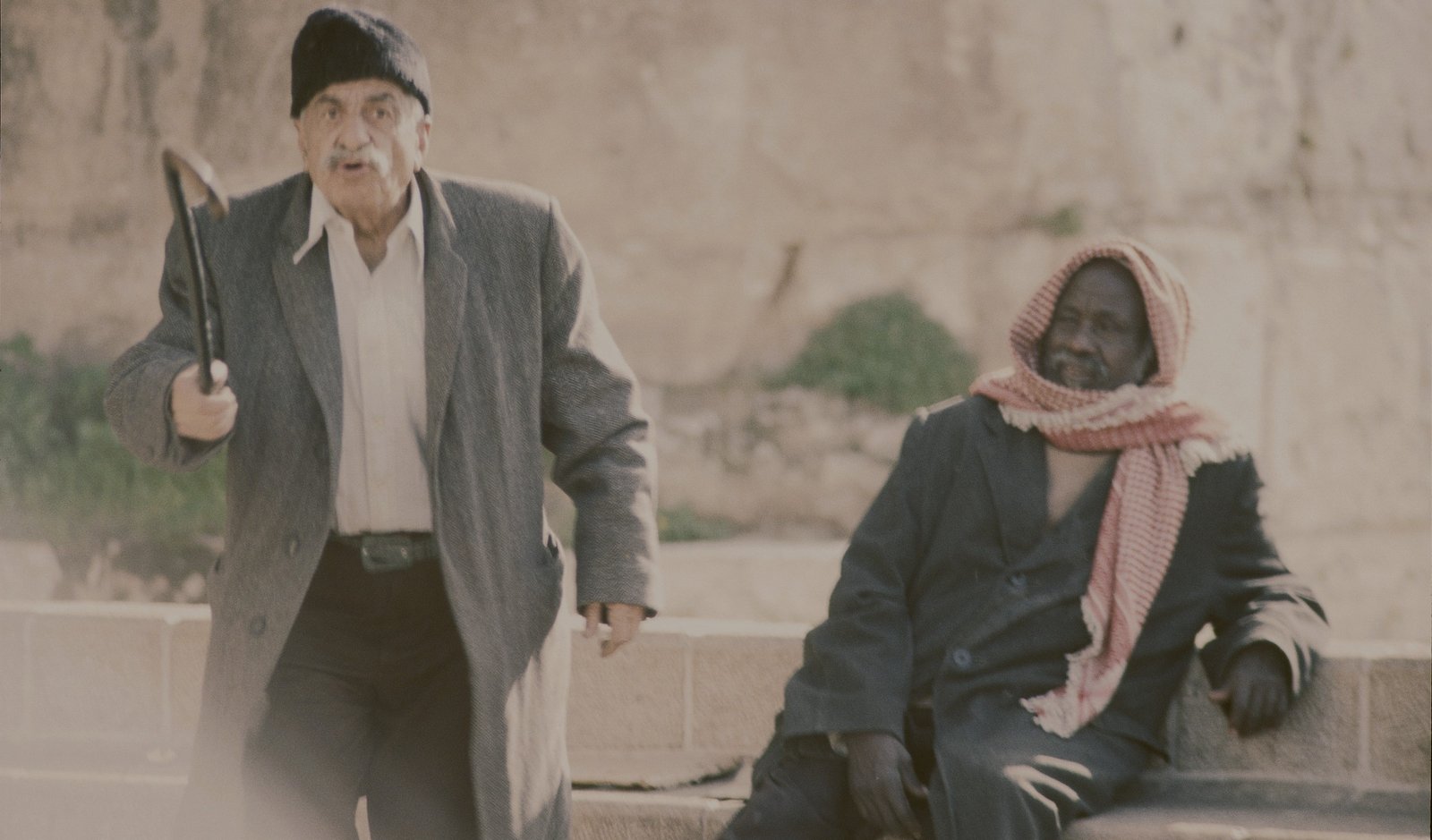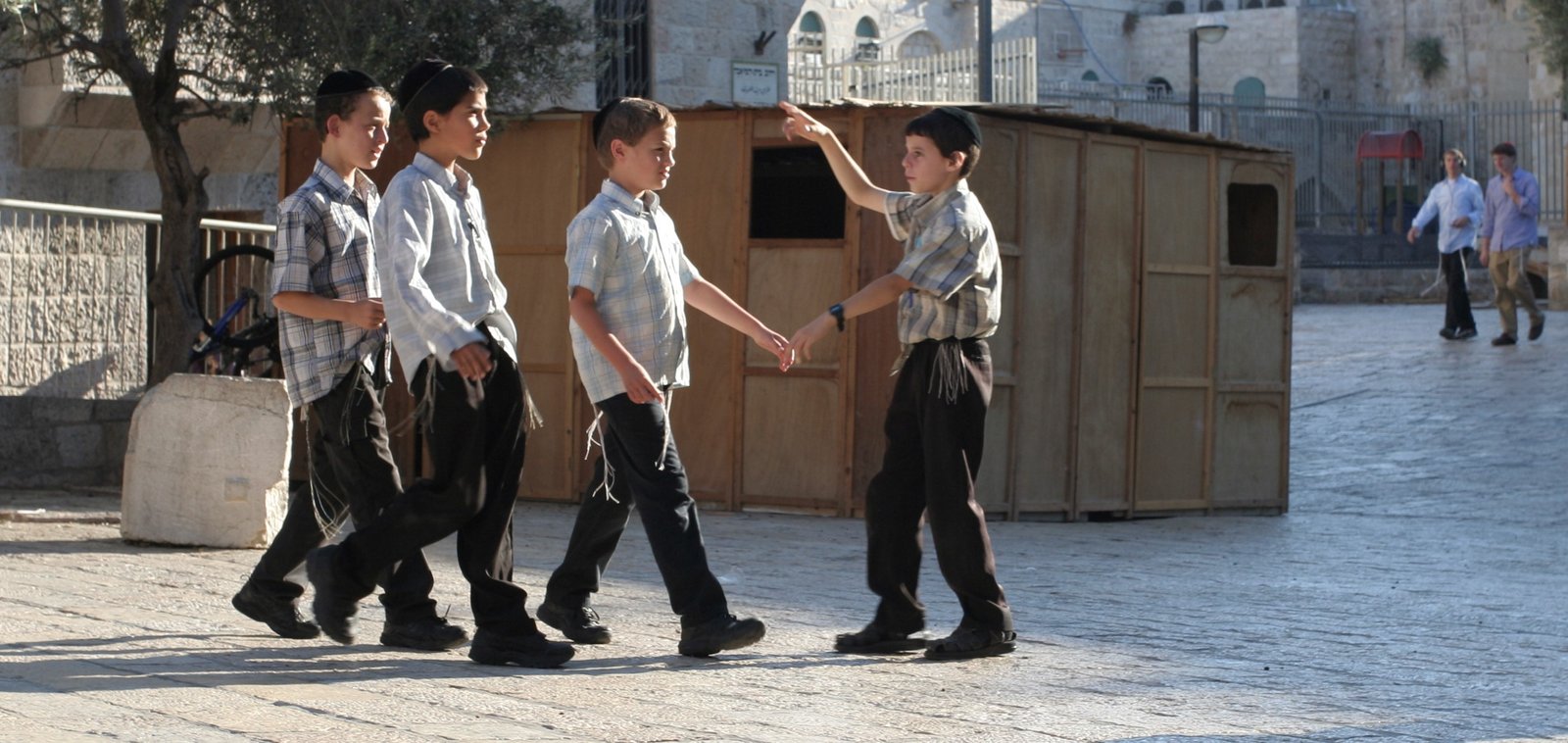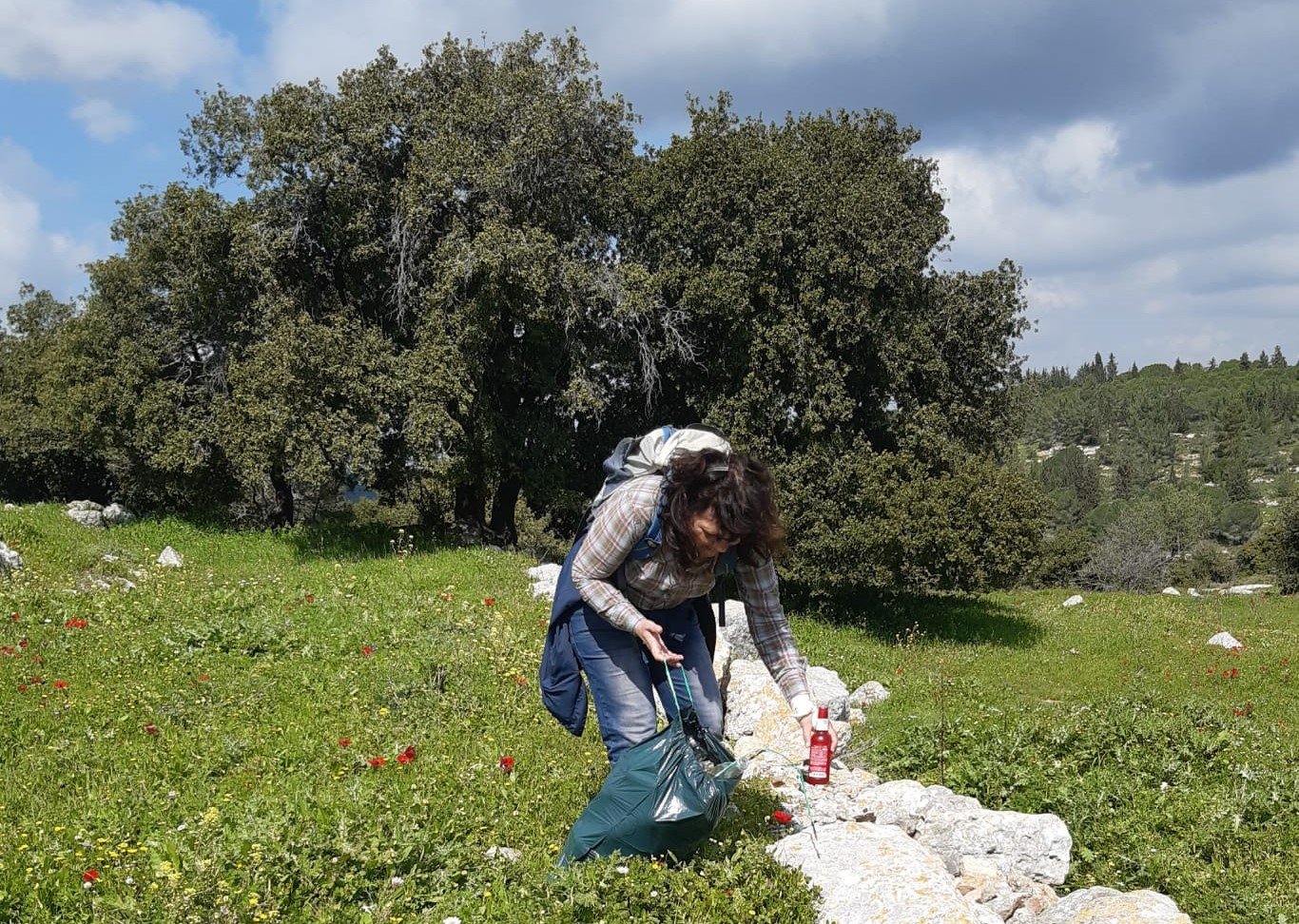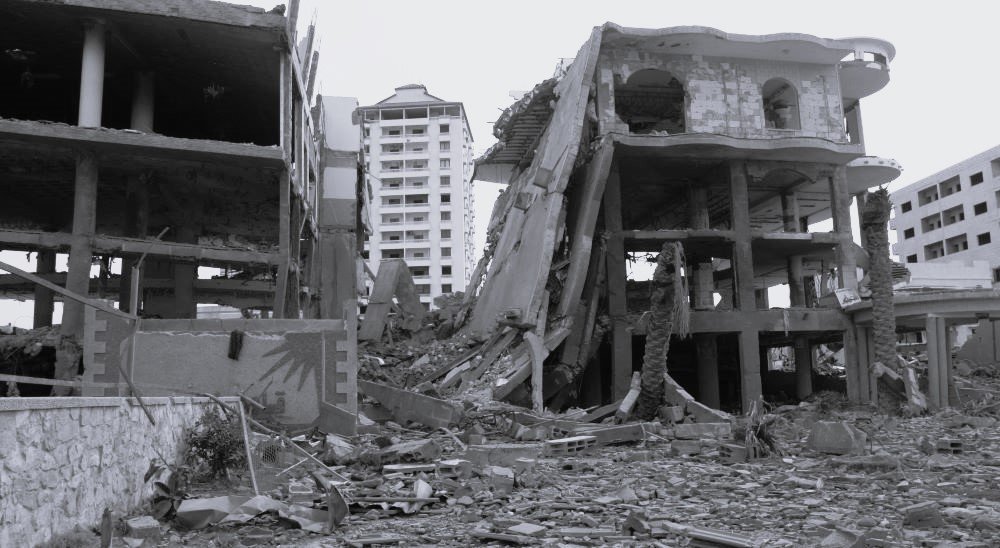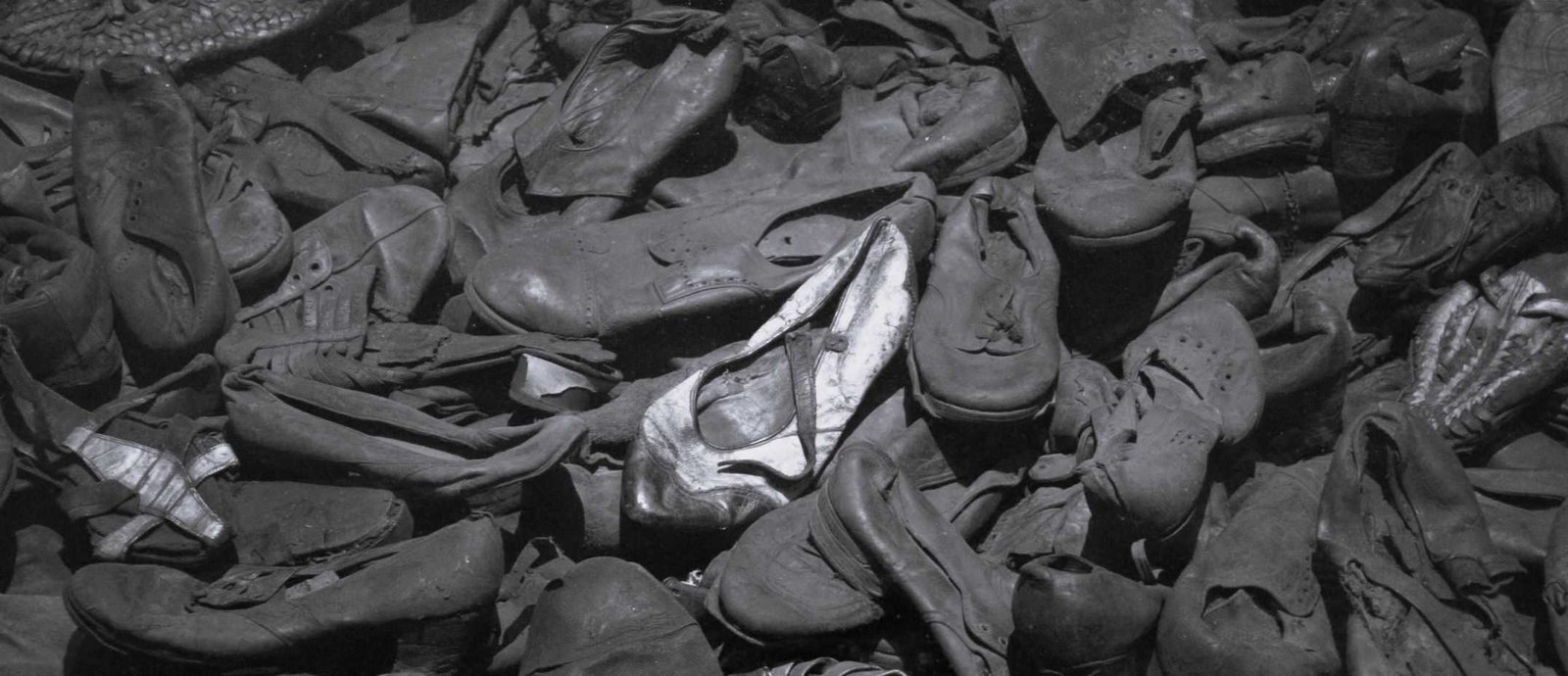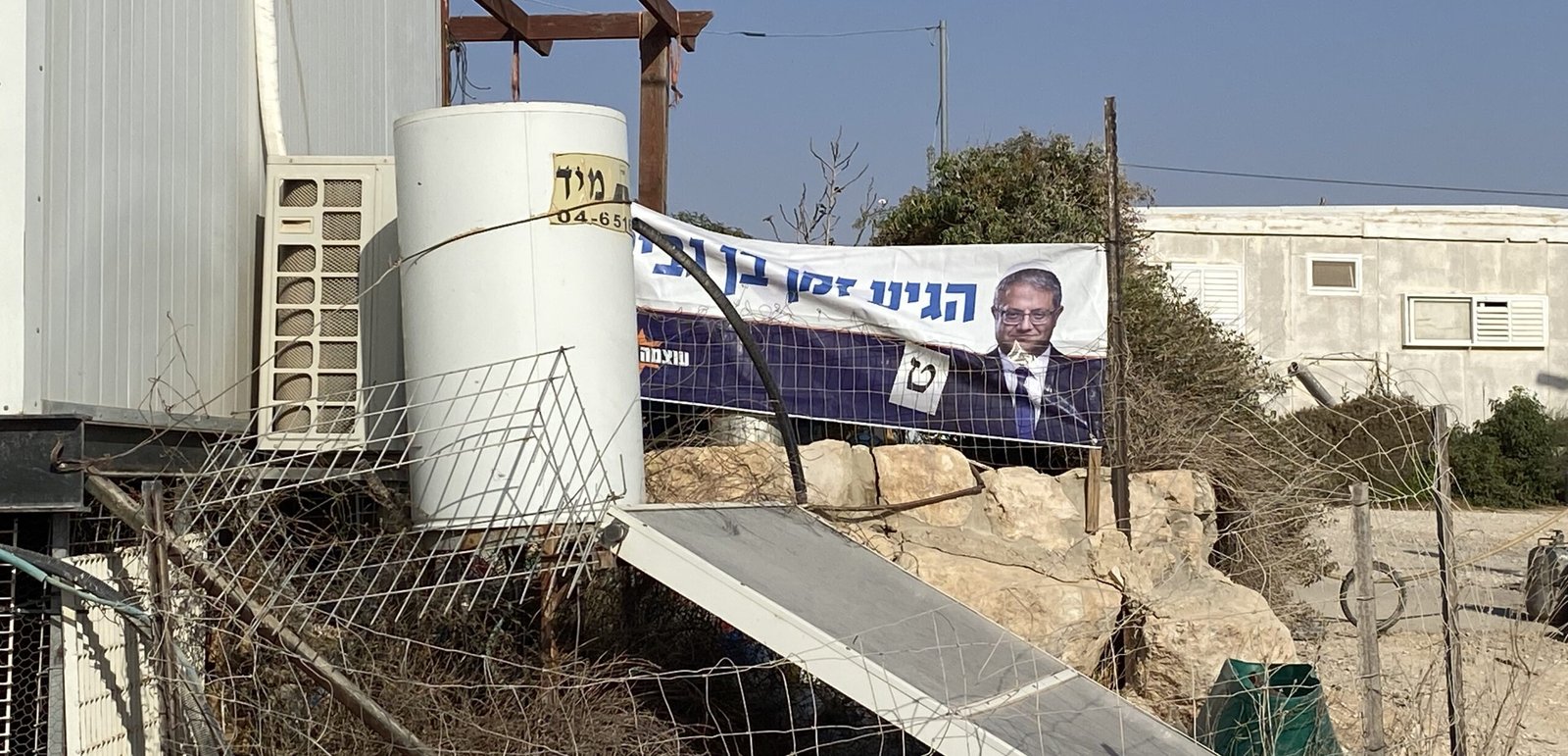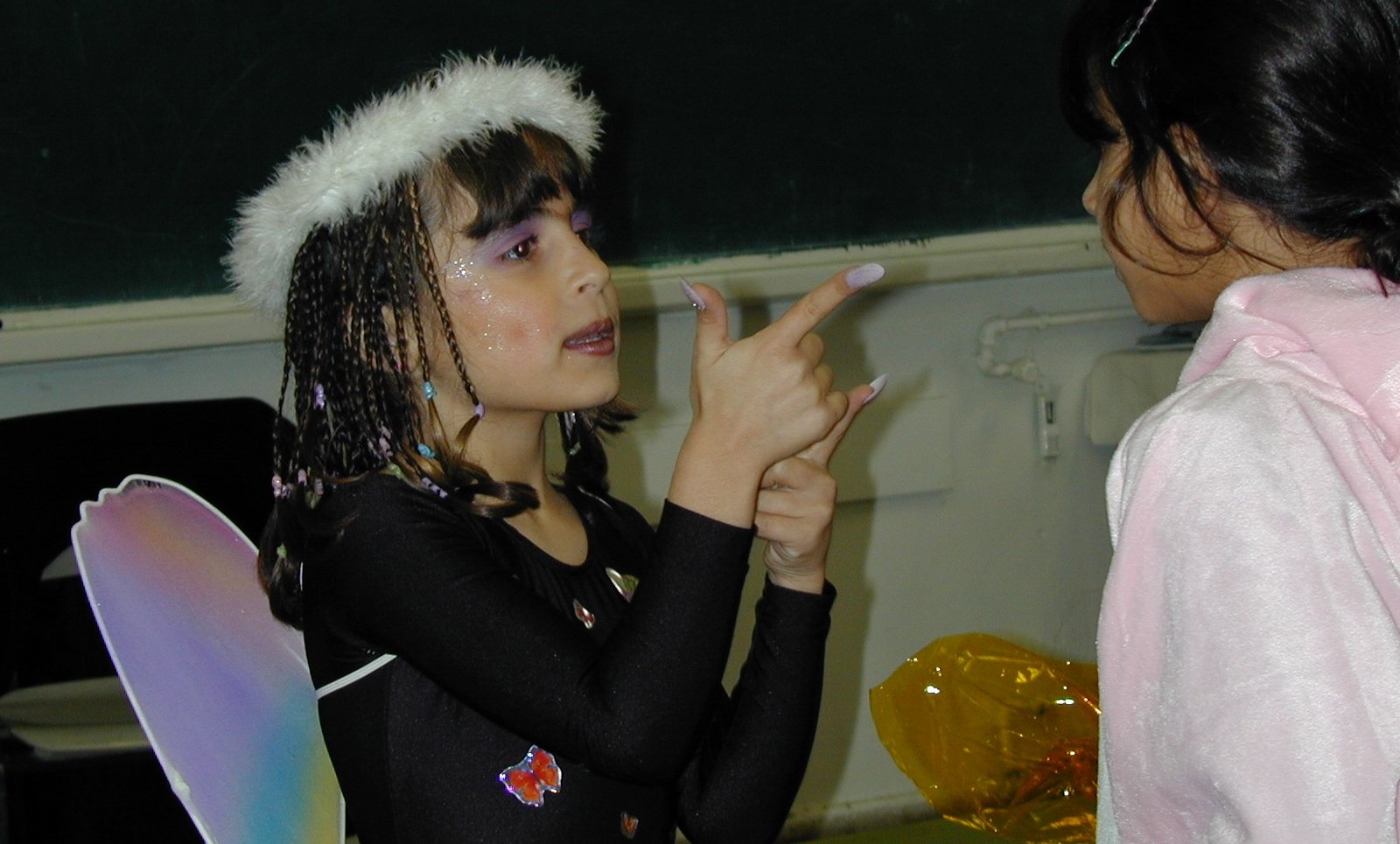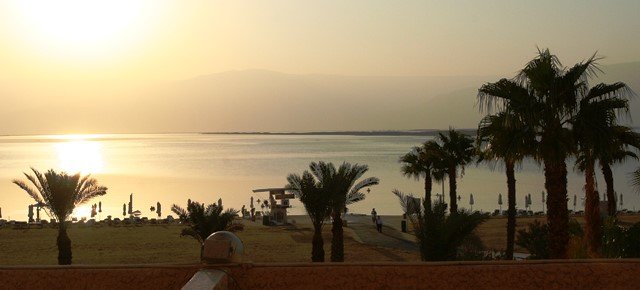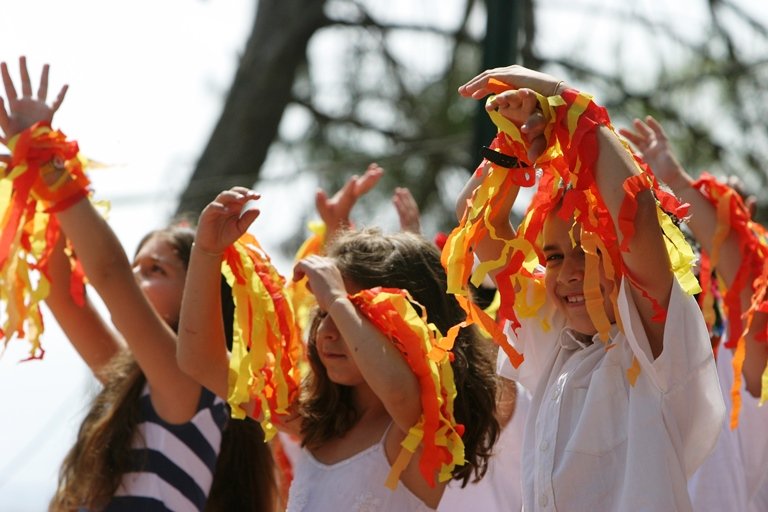Share This Story, Choose Your Platform!
Until just a few days ago any passer-by could encounter the political leaders of the Hamas on the streets of Gaza. Contacting them by phone was no problem. Now they have all gone into hiding. None of the familiar faces could be seen at the huge funeral processions in the Gaza strip – neither Abdel Aziz Rantisi nor Mahmoud Zahar, nor Ismail Hania. Rumour has it that they have shaved off their beards and only venture onto the streets dressed as women. Their mobile phones remain switched off. There appears to be simply too high a risk of being hit by the hellfire rockets of the Israeli Apache helicopters.
Sharon’s government has decided to dismantle the Hamas by force. They have ceased to pay respect to the traditional distinction between the political and the military wing of the radical Islamic organisations. Planners, propogandists and spiritual leaders are in the meantime just as viable targets as marksmen, bomb constructors and rocket builders. One week after the devastating suicide bombing of August 19th in Jerusalem, the Israeli airforce has shot seven Hamas members in three rocket attacks – among them Ismail Abu Shanab, one of its driving forces, spokesman and co-founder of the movement.
The word “Hamas” is a so-called acronym – that is, a word formed by the line-up of the initial letters of the Arab term “Haradat al-Muqawamah al-Islamiyya”, which, translated, means “Islamic Resistance Movement”. In Arabic the word “Hamas” means “excitement”, “enthusiasm”, “zeal”, “courage”, or “heroic deed” – in other words, all the qualities which its followers strive for in their struggle against “the force of Zionism”.
The publication of the “Islamic Manifesto” marked the official founding of the Hamas in August 1988, less than a year after the outbreak of the first intifada. The “Islamic Manifesto” sums up the ideological credo of the Hamas and is not only directed against the Jewish State of Israel, but also against the secular Palestinian Liberation Organisation (PLO).
The roots of Hamas are to be found, however, in the Islamic Centre “al-Mujamma al-Islami”, founded in 1973 by Sheikh Ahmed Ismail Yassin (who has been paralyzed since his youth), and acknowledged as a legal entity by Israel in 1979. At that time this religious fundamental movement provided Israel with a welcome counterpart to the terror of Yassir Arafat’s PLO. The “al-Mujamma al-Islami” organisation became active in the Gaza strip in the areas of preaching, teaching, education, social work, health, sport and in the building of mosques.
The founding members of the Hamas were without exception influenced by the “Ikhwan”, the Moslem Brotherhood, which had been founded in Egypt in 1928 and had been active since the 1940’s in the territory covered by the British Mandate of Palestine and its successor states. In accordance with Ikhwan tradition, Sheikh Yassin gave the Hamas from the start the structure of an underground movement. Even internal communication between the different sub-structures, which were independent from each other, was conducted from the very beginning only by means of coded messages.
In this way, in the 1970’s and 80’s a remarkable social, religious and cultural infrastructure developed in the Gaza strip and the West Bank, which gave the Hamas significant political power, especially among the refugee population in the Gaza strip. The financial capacity of the movement, which was fuelled by Saudi Arabia, Iran and the Gulf States, as well as by donations from the Palestinian population and from the West, made a decisive contribution to this development.
From the point of view of the Palestinian populace, the activities of the Hamas were primarily directed against the social and economic problems of everyday life, and only in the secondarily against the “Zionist occupation” – unlike other organizations, which often sacrificed the personal needs of the Palestinians to national ambitions.
From the beginning the fundamental Hamas movement was a moral and political challenge for the secular and nationalistic PLO, and placed a question mark over the latter’s claim to be the only legitimate voice of the Palestinians. Following the 6-day war of 1967 the PLO had transferred the core of its power structure abroad, to Jordan, Lebanon and then to Tunesia. The Hamas and its leadership, however, remained the whole time in Palestinian territory and in this way mastered a solid integration into the population. That means that to this day the following maxim holds: should the Palestinian Autonomy (the PA) risk a confrontation with the radical Islamic Hamas Movement – which is what the USA and above all Israel demand in the context of the Road Map’s application, this would result in a bloody civil war within Palestinian society. Several attempts in recent years on the part of the PA to pin down leading Hamas representatives failed because of the open resistance of its followers.
Having begun with a mainly social and religious agenda, the Hamas, however, soon took up armed conflict against Israel. The “Islamic Manifesto” bestows on the “Jihad”, the “Holy War”, the highest of priorities as the only way to establish an Islamic Palestina “from the Mediterranean to the Jordan” i.e. as a substitute for the State of Israel. Moreover, a Jihad for the deliverance of Palestina was, (according to the Manifesto), the religious obligation of all Moslems, not only of the Palestinians. Every political solution which demands the surrender of even a part of Palestina, is radically rejected as the capitulation of Islam.
By way of the first Palestinian revolt, the Initifada, the Hamas established itself as the most significant fundamental Islamic organisation in Judea, Samaria and the Gaza Strip, and pursued its goals with violence of the most brutal kind. Initially, the “Mujaheddin”, the “holy warriors” of the Hamas, kidnapped and murdered Arabs, “heretics”, drug and pornography dealers, and “collaborators” suspected of co-operation with Israel. Since the end of the 90’s the Hamas has succeeded in forming cells among the Arab population in Israel itself too.
Following the Gulf War at the beginning of the 1990’s, the Hamas became the leading terror organisation in Israel and the disputed territories, and after the Oslo agreement it formed the strongest opposition wing against any attempts at negotiations between Israelis and Arabs. As early as in 1989 it was banned in Israel as a terror organisation.
At the beginning of 1991 Zaccaria Walid Akel, leader of the Mujaheddin, established the first Izz a-Din al-Qassam brigades. In December 1991 they murdered their first Israeli, Doron Shorshan from Kfar Darom, and initiated by this act a shift in the “modus operandi” of the Hamas which has made it to this day into the organisation which has carried out the most suicide massacres. The “Islamic Resistance Movement” is responsible for the death of hundreds of Israelis, most of them civilians. Thousands have a lifelong price to pay for injuries inflicted by Hamas attacks. According to Hamas spokesman Dr. Abdel Aziz Rantisi most Israelis are fighters because they all – even most of the women – do military service and are therefore legitimate targets for terror attacks.
The European Union, in the meantime, refuses steadfastly to classify the radical Islamic organisations Hamas and Islamic Jihad as terror organisations and to pursue them accordingly. Remarks made by the French Presidential Advisor, Maurice Gourdault-Montagne, indicate that the French have more difficulties than most in seeing “the Hamas and the Palestinian Islamic Jihad as terror organisations which do not want peace”. Great Britain, Germany and the Netherlands seem to be pressing within the EU for a change in the policy hitherto practised. The forceful dismantling of the radical Islamic terror groups will require, however, a united plan of action on the part of all parties interested in peace in the Middle East.
translation by Nicola Vollkommer


